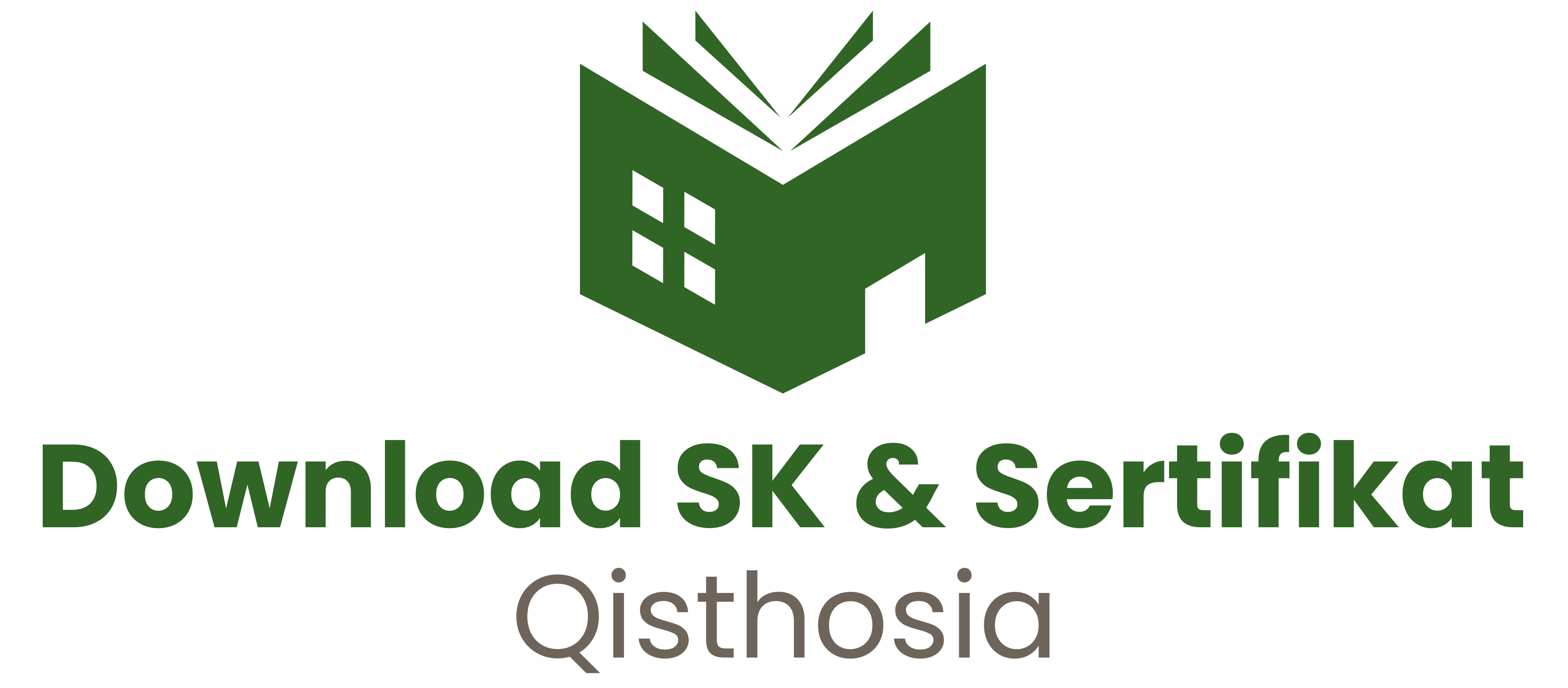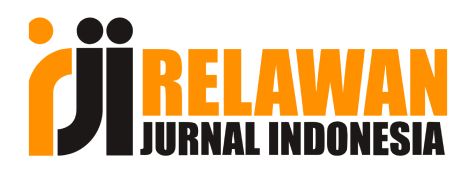Teori State Auxiliary Bodies dan Trigger Mechanism Komisi Pemberantasan Korupsi dalam Penanganan Korupsi di Daerah
DOI:
https://doi.org/10.46870/jhki.v4i2.750Keywords:
Korupsi Daerah, KPK, Otonomi Daerah, Trigger MechanismAbstract
Indonesia's anti-corruption institution, namely the Corruption Eradication Commit-tee (KPK), as a state auxiliary body (supporting state institution) has various prob-lems. The KPK is only based in Jakarta and is connected centrally. This condition increases the freedom for regional officials to commit criminal acts of corruption especially in the regions. The KPK as a trigger mechanism for the Prosecutor's Of-fice and the Police is still not effective in handling corruption in the regions. This research is qualitative research with exploratory nature with juridical-normative method. The purpose of this study is to explore more about the theory of state auxil-iary bodies, especially the design of the KPK in handling corruption in the regions, as well as knowing the role of the KPK as a trigger mechanism together with the police and prosecutors in handling and eradicating corruption in the regions. The finding in this research contained that the trigger mechanism function by the Corrup-tion Eradication Commission is necessary. The centralized position of the KPK is less effective in handling corruption in the regions. Several factors in the KPK's in-effective handling of corruption in the regions include; Firstly, the KPK's work area is too broad, relying solely on the KPK's centralized position, resulting in the KPK being overwhelmed several times in handling cases in the regions. Second, the Cor-ruption Eradication Commission's infrastructure is very limited, starting from human resources to the KPK's very limited budget, which does not allow the KPK to handle cases in all regions in Indonesia. Third, the Corruption Eradication Commission needs KPK representatives in several regions to support handling corruption in the regions.
Downloads
Published
How to Cite
Issue
Section
License
Copyright (c) 2023 QISTHOSIA : Jurnal Syariah dan Hukum

This work is licensed under a Creative Commons Attribution-NonCommercial-ShareAlike 4.0 International License.








 Indonesia
Indonesia






